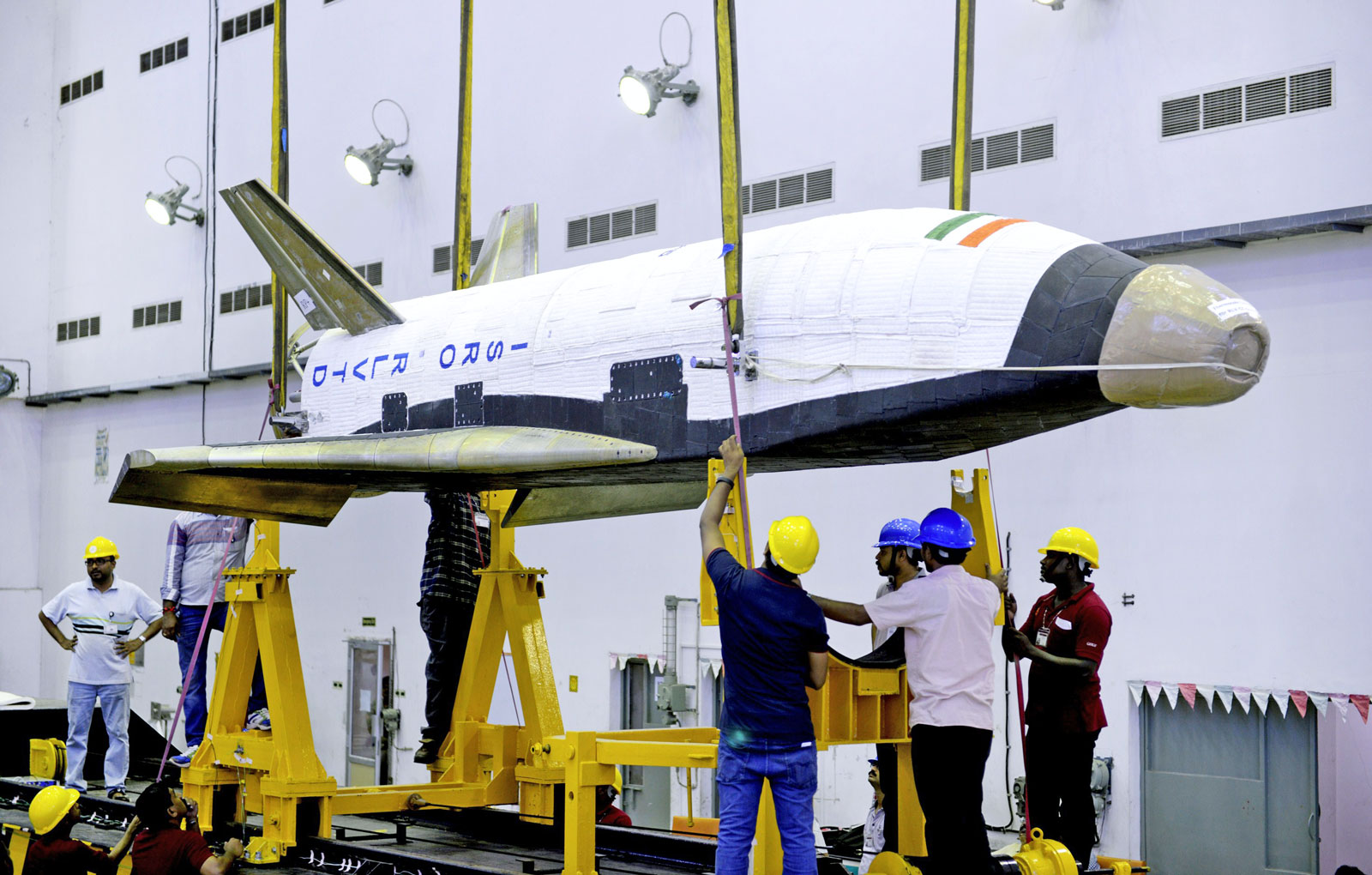15 things you should know about a smartphone
1. 'Most secured' Android telephone
The highest point of-the-extent telephone guarantees military-grade encryption innovation to ensure clients' calls and messages and is pointed solidly at business pioneers, famous people, VIPs and the super-rich.
The cell phone offers 256-piece AES encryption, verging on like what the resistance strengths use to secure correspondence. The cell phone can be enacted by means of a physical security switch situated at the back of the telephone.
2. Up to ten times quicker
It has, organization authorities guarantee, the best screen, the best sunshine advanced mobile phone camera, the wealthiest and loudest speakers, more 4G LTE groups than whatever other telephone ever, and WiFi speeds up to ten times speedier than today's systems.
Need to download a full HD motion picture in only five seconds? Sirin Labs guarantees that as well.
The one hitch is the sticker price.
Got an extra $17,000? The essential model is an eye-watering £9,500 in addition to VAT, or $16,560 including U.S. charges.
3. Protection bundle
At the point when the security switch is enacted, the telephone enters a shield mode for completely scrambled calls and messages.
So what does Solarin offer for your wads of dollars?
There's a "deliberately curated security bundle," with Zimperium cutting edge portable danger insurance and KoolSpan military-grade chip-to-chip 256-piece AES encryption, which they say offers the "most grounded conceivable versatile protection assurance around the world."
4.First Global advanced mobile phone with WiGig innovation
It's all around upgraded, which means Solarin "interfaces with the rate of a nearby handset anyplace on the planet," says Fredrik Oijer, Sirin Labs' VP of item.
Organization authorities say it's likewise the main worldwide advanced cell with WiGig innovation, offering rates of up to 4.6Gbps, empowering close moment cloud access, and syncing of photographs, recordings and media.
5. Focus for programmers
"This is something that can happen to any of us," says Cohen. "It's only an issue of in case you're focused on or not."
The wealthy and powerful clients Sirin Labs would like to draw in — superstars, VIPs and business pioneers — are especially helpless against this sort of assault.
"A standout amongst the most critical things that we learnt amid the most recent quite a long while is that physical security needs to run with digital security," says Sirin Labs consultative board part Rami Efrati, author and president of Israeli digital security firm Firmitas.
6. Keeps running on Qualcomm Snapdragon 810 processor
Solarin keeps running on 2GHz Qualcomm Snapdragon 810 processor, accompanies support for 24 groups of LTE, and guarantees "far prevalent" Wi-Fi network than standard cellular telephones.
7. Has a 23.8MP camera
It highlights a 23.8-megapixel camera, with laser self-adjust and four-tone streak. There's a 8-megapixel front camera with glimmer and electrical picture adjustment.
8. Plan and Weight
With respect to plan, it appears they've deliberately maintained a strategic distance from the pompous bling you may anticipate from a telephone in this value range.
The downplayed titanium and calfskin configuration is by commended modern planner Karim Rashid, who's worked with Giorgio Armani, Alessi and Veuve Cliquot.
Solarin is without a doubt not a smooth cell phone, it weighs as much as 250gm. It quantifies 78mm wide x 159.8mm x 11.1mm.
9. Presentation and OS
Solarin has a 5.5-inch Gorilla Glass 4-ensured IPS screen with LED 2K determination. The cell phone keeps running on intensely cleaned Android 5.1 working framework.
10. Sound
The sound framework sound uses three bass-supported speakers, connected through a shrewd enhancer to amplify volume however control mutilation, and can go up to 90 decibels.
11. Non-expandable capacity
Solarin packs a 4,000mAh battery and has 4GB of RAM and 128GB of non-expandable stockpiling. The organization claims talk-time of 31 hours (UMTS) and standby time of 'more than 2 weeks' for the cell phone. It likewise accompanies Qualcomm QuickCharge 2.0 backing.
12. Shading alternatives
The cell phone comes in four shading alternatives: Fire Black Carbon Leather with Titanium, Fire Black Carbon Leather with Diamond-like Carbon, Fire Black Carbon Leather with Yellow Gold and Crystal White Carbon Leather with Diamond-like Carbon.
13. Is water and clean safe
Solarin is water/dust safe up to IP54 level.
14. 'No 100 percent secure arrangement'
Be that as it may, is it conceivable to make a PDA that is safe to assault? What's more, by announcing yourself the world's most secure advanced mobile phone, aren't you setting a test to each programmer on the planet?
"We're not saying it's unhackable," says Avraham. "Be that as it may, in any event we will identify it.
"We'll have the capacity to figure out the assaults, see what they attempted to do. Indeed, even clean the telephone without the client doing anything.
"There is all day, every day occurrence reaction at both Zimperium and Sirin that screens these gadgets.
"There is no 100 percent secure arrangement, however the other option is to get hacked and not think about it."
15. Accessibility
Solarin cell phone is accessible all alone leader store in London's Mayfair neighborhood; and will go marked down at Harrods from on June 30. The organization likewise plans to open extra retail locations crosswise over Europe, North America, and Asia later in the year










 Living Rooms all around the world are shaking with fear of users
actually taking swords and attacking their big screens thanks to a new
hack for the Microsoft Kinect that allows gamers to play World of
Warcraft without a keyboard.
Living Rooms all around the world are shaking with fear of users
actually taking swords and attacking their big screens thanks to a new
hack for the Microsoft Kinect that allows gamers to play World of
Warcraft without a keyboard.